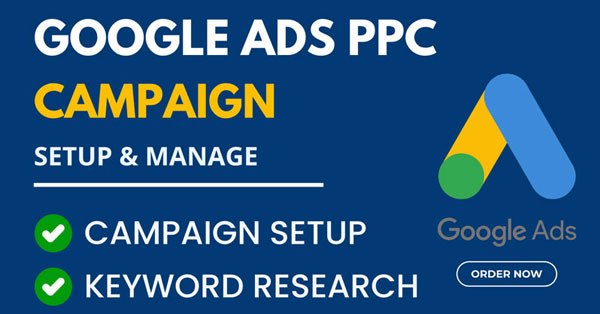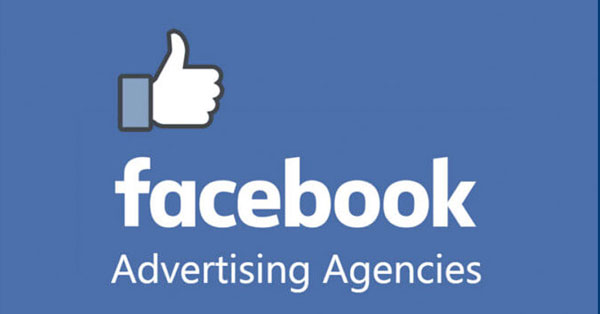Google Ads (formerly Google AdWords) is one of the most effective tools for driving targeted traffic to your website, generating leads, and increasing sales. However, a successful Google Ads campaign requires more than just creating ads and setting a budget. It involves strategy, optimization, and ongoing management to ensure you’re getting the most out of your investment. Here are the key steps to running a successful Google Ads campaign.
1. Define Clear Campaign Goals
The first step in running a successful Google Ads campaign is setting clear and measurable goals. Are you looking to drive website traffic, generate leads, increase sales, or raise brand awareness? Your campaign objective will determine the type of ads you create, the keywords you target, and how you measure success. Be specific about what you want to achieve to ensure your efforts are focused and effective.
2. Conduct Thorough Keyword Research
Keyword research is the foundation of any successful Google Ads campaign. Use tools like Google Keyword Planner to identify the terms and phrases your target audience is searching for. Look for keywords with high search volume and relevance but manageable competition. Consider using a mix of broad, exact, and long-tail keywords to maximize reach and precision. Regularly update your keyword list to stay aligned with user search trends.
3. Create Compelling Ad Copy
Your ad copy plays a critical role in capturing attention and encouraging clicks. Write headlines and descriptions that are clear, engaging, and relevant to your audience’s needs. Highlight your unique selling points (USPs) and include a strong call-to-action (CTA), such as “Shop Now,” “Learn More,” or “Get a Free Quote.” Test different versions of your ad copy to see which performs best.
4. Optimize Landing Pages
A successful Google Ads campaign doesn’t end with the click—it continues on your landing page. Ensure that your landing pages are optimized for conversions by matching them to the ad’s message and keywords. Use clear headlines, engaging visuals, and a straightforward layout to keep visitors focused. Make sure your call-to-action is prominent and easy to follow, and don’t forget to optimize your page for mobile users.
5. Set a Realistic Budget
Google Ads operates on a pay-per-click (PPC) model, meaning you only pay when someone clicks on your ad. Set a budget that aligns with your business goals and is sustainable over time. Use Google Ads’ budget settings to control your daily spend and ensure you’re not overspending. Start with a modest budget and scale up once you see which ads are performing well.
6. Monitor and Analyze Performance
To run a successful campaign, you must regularly monitor its performance using Google Ads’ analytics tools. Track key metrics such as click-through rates (CTR), conversion rates, cost per click (CPC), and return on ad spend (ROAS). Analyze this data to identify which ads, keywords, or targeting strategies are delivering the best results, and adjust your campaign accordingly.
7. Use Ad Extensions
Ad extensions enhance your ads by providing additional information, such as phone numbers, locations, links to specific pages, or promotional offers. These extensions make your ad more engaging and increase the likelihood of a click. Take advantage of ad extensions to provide more value to your audience and stand out from competitors.
8. Leverage Audience Targeting
Google Ads offers advanced targeting options to help you reach your ideal audience. Use demographic targeting, location-based targeting, and remarketing to ensure your ads are seen by the right people. You can also create custom audiences based on your website visitors or email lists, allowing you to reach users who are already familiar with your brand.
9. Test and Refine
A successful Google Ads campaign is never set in stone. Continuously test different elements of your campaign, such as ad copy, keywords, and bidding strategies. A/B testing allows you to identify what works best and refine your campaign for optimal results.
Conclusion
Running a successful Google Ads campaign requires a combination of strategic planning, precise targeting, and ongoing optimization. By defining your goals, conducting thorough keyword research, creating compelling ads, and analyzing performance, you can maximize your return on investment and achieve your marketing objectives. With a proactive approach and attention to detail, Google Ads can be a powerful tool for growing your business.















